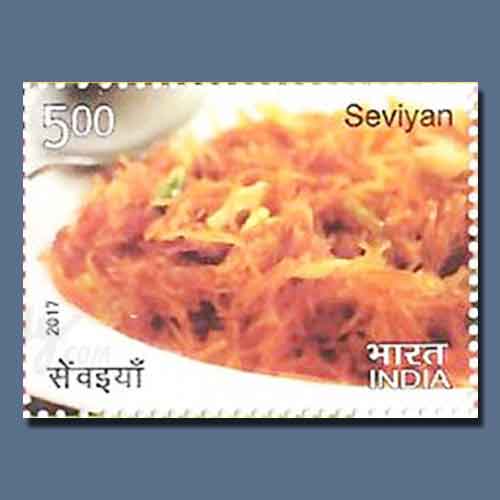The flavour of Indian Food Part 8: Seviyan
2018-03-29 Thu
Sweet, soft and nutty, this dish melt's on your tongue like pure nectar, its after-flavour is so milky and savoury that you don’t want to spoil it. Sounds tasty, isn’t it! Of course, it’s tasty! It is the indispensable dish of Eid, Seviyan.The cultural and traditional trace of Seviyan is less uncertain. The birthplace of Seviyan of Vermicelli is part of a huge debate. It is recorded by Marco Polo when he visited the Far East. It can be a possibility that he took this delicious dish to Italy and kick-started the Pasta revolution there. Later on, the path of Polo also known as silk route increased the exchange of this food tradition.
In India, the use of this vermicelli is different, may be due to the colourful cutlery practice in India. Verminali or seviyan rice noodle is used to make Seviyan Umpa as a breakfast dish in southern India. North India used totally different fundamentals when it comes to making seviyan. It generated a sweet and smooth dessert out of it.
It is assumed by the food historian that this seviyan came from the Arabs traders, who may have bought the Italian pasta to Delhi court. The other dessert made from seviyan in north India is called Kimam. This dish is not limited to one religion, Hindus during Rakshabanda prepare a sweet dish called Jave and it is made from slightly thick seviyan.
The cuisine of a region may represent its traditions, but its connection to a particular religion is not certain. Food is meant to be enjoyed by eating it together not to discriminated people. To promote the festival cuisine of India, India Post issued this stamp in 2017.
To know more about different cuisine of India click here.
Image Courtesy: Wirally.com
Latest News
-
Gold Pagoda of Vijaynagar Empire King Deva Raya I
2024-04-10 WedKing Deva Raya I of the Vijayanagara Empire was a patron of Kannada literature and architecture. He ...
-
Silver Denarius of Septimus Severus
2024-04-05 FriLucius Septimius Severus served as the Roman emperor from 193 to 211 AD. Severus sat on the throne o...
-
Extremely rare 'Malaharamari' type Gold Gadyana of King Guhalladeva-III Sold for INR 611000
2024-04-03 WedTribhuvanamalla, also known as Guhalladeva III, was the ruler of the Kadamba dynasty. His reign coin...
-
90 Years of RBI
2024-04-02 TueOn 1st April, PM #Modi unveiled a special commemorative coin marking 90 Years since the foundation o...
-
Silver Denarius of Julia Mamaea
2024-04-02 TueJulia Avita Mamaea, a Christian Syrian noblewoman, was the mother of Roman Emperor Alexander Severus...

